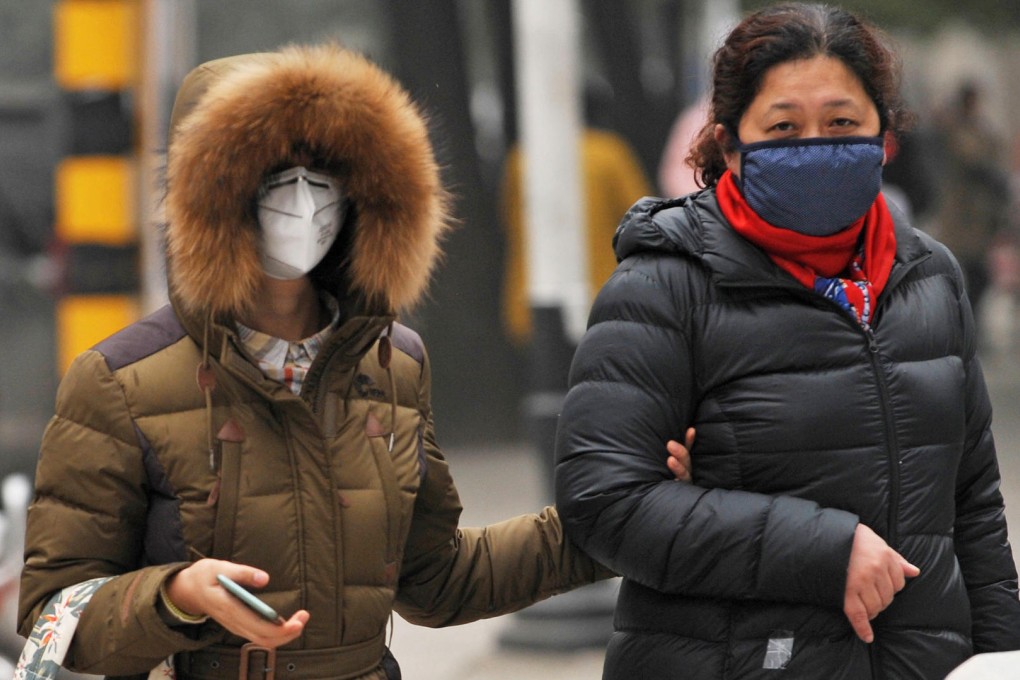Zhengzhou focuses on ecological conservation and improvement of green spaces

On February 21, China's State Council announced a new set of urbanisation guidelines that are intended to improve the country's cities socially, economically, and ecologically. A major part of these guidelines were requirements for cities to increase the amount of green space they provide for their residents.
But Zhengzhou was already ahead of these new central governmental recommendations, and has been in the process of systematically greening many parts of the city.
Zhengzhou is known as one of the most polluted cities in China. According to the Ministry of Environment Protection, Zhengzhou was the fifth most-polluted city among 74 major cities in China in 2015. This prompted the city government to stop approving any new high-pollution projects in 2016, according to Xinhua News Agency.
Since 2012, Zhengzhou has been building an expansive ecological corridor that will stretch across the city. "The value of green increased a lot recently, due to the raising awareness of the absence of "real' green and the increasing stress caused by environmental problems and hectic urban lifestyle," says Harry den Hartog, a Shanghai-based urban designer.
According to the local government, Zhengzhou's ecological corridor will be created by linking the Dragon Lake, Song Mountain, and Yellow River biospheres through connecting parks and greening roadways, canals and lake sides.
The total length of the corridor will be 280km, and will include 315km of walking trails, 326km of bike lanes, 135 public toilets, as well as the greening of the facades of some buildings along the way. The green corridor is expected to include 24.68 square kilometres of green space and dramatically improve the city's appearance, livability and reputation.
